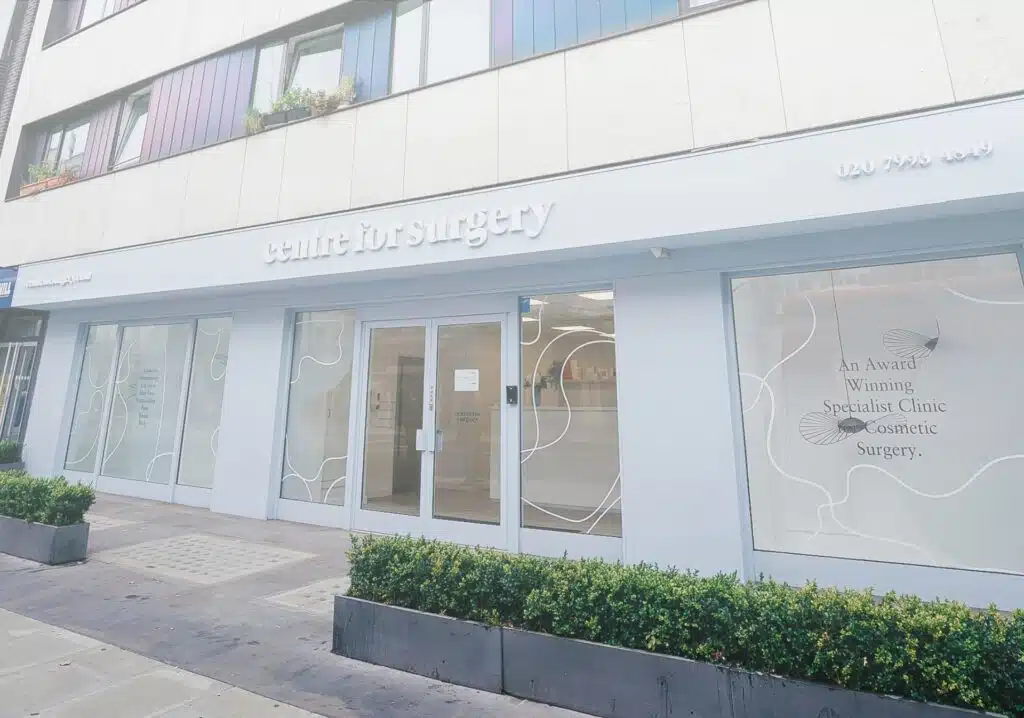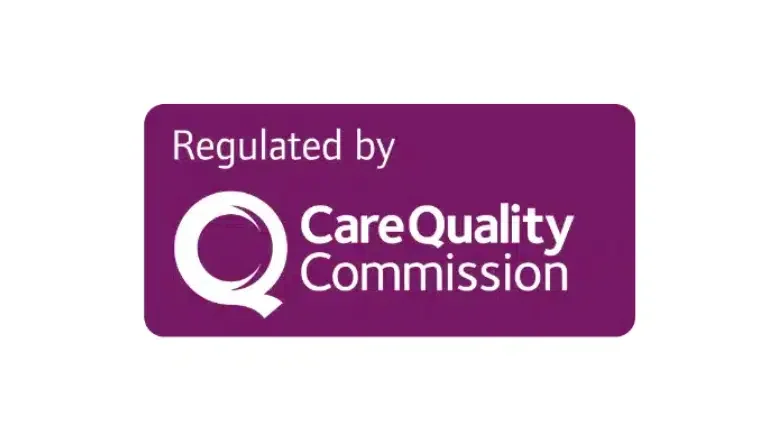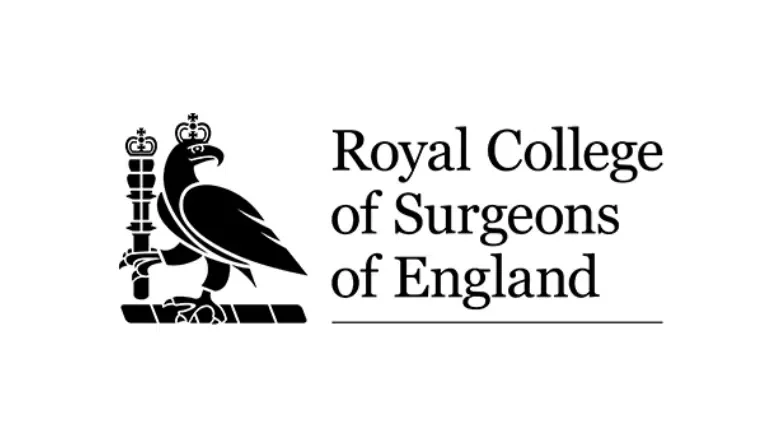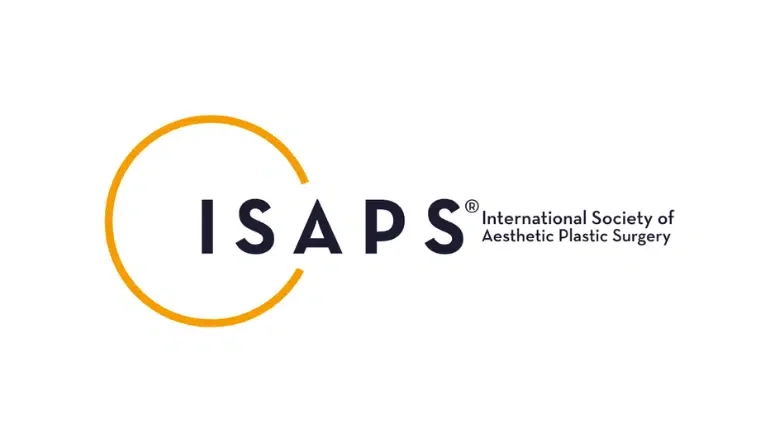With advancements in research and technology, there are now multiple options available to achieve a facelift. Gone are the days where surgical intervention was the only solution. Today, there is a facelift option for almost anyone, regardless of their anatomy and goals.
However, it is crucial to identify which facelift option is best suited for you. To make the right choice, we have put together a comprehensive round-up of the top facelift procedures. These options include SMAS facelift, facelift with fat transfer, mini facelift, non-surgical facelift, and thread lift. Each of these procedures has its own unique advantages and limitations, and selecting the appropriate one can help you achieve your desired results while keeping your preferences and anatomical features in mind.
Who is Thread Lifting For?
Thread lifting is a great option for patients who are experiencing mild to moderate signs of skin laxity on their face and are typically between the ages of 30 and 50. The procedure is ideal for those who are not ready or do not need a surgical facelift, but are still looking to rejuvenate their skin and counteract the effects of ageing.
Thread lifting is also a good choice for those looking to add definition to their jawline, reduce jowling, and tighten skin in the neck area while stimulating collagen production. The treatment is minimally invasive with minimal downtime, making it an ideal option for those with busy lifestyles who cannot afford extensive recovery periods.
While thread lifting provides effective results, it is important to note that it is subtle and not as dramatic as surgical facelifts or other invasive procedures. Patients who are looking for more significant changes should consider alternative options like a traditional facelift or FaceTite. Ultimately, the best course of action for each patient will depend on their individual anatomy, goals, and overall health. A consultation with a qualified plastic surgeon can help determine the most appropriate facelift procedure for each patient.
Recovery after thread lift
The recovery after a thread lift is relatively simple and easy, with most patients returning to their regular routine within a few days after the procedure. However, it’s important to follow your surgeon’s postoperative instructions carefully to ensure a smooth recovery and optimal results.
Immediately following the thread lift procedure, you may experience some mild swelling, bruising, and discomfort in the treated area. These symptoms are normal and typically resolve within a few days. Your surgeon may recommend that you apply ice packs to the treated area for the first few days to help reduce swelling and discomfort.
It’s important to avoid any strenuous activity or exercise for the first week after the procedure, as this can increase the risk of complications and delay healing. You may also be advised to avoid sleeping on your face or applying any pressure to the treated area for the first few days.
Most patients are able to return to work and other normal activities within 2-3 days after the thread lift procedure. However, you should avoid any activities that could strain the treated area, such as heavy lifting, for at least a week.
Your surgeon may also recommend that you avoid any facial treatments or procedures, such as facial massage or chemical peels, for a few weeks after the thread lift procedure to allow for proper healing.
What is FaceTite?
FaceTite is a minimally invasive treatment that can be an excellent option for individuals who are experiencing skin laxity or sagging skin in areas of the face, but are not ready for a surgical facelift. The treatment falls between the thread lift and facelift in terms of invasiveness and downtime, making it a popular choice for patients.
FaceTite uses radiofrequency (RF) technology to tighten the skin on the face and neck, making it a great option for those who are seeking a non-surgical solution to sagging skin. This treatment can help to shrink tissue, melt fat, and stimulate collagen production, leading to tighter, smoother skin and improved definition and contour in specific areas of the face.
At Centre for Surgery, we recommend FaceTite for individuals who are looking to address skin laxity or sagging skin in areas such as the cheeks, jowls, chin, and neck, as well as those who are looking to stimulate collagen production and tighten the skin on the face or neck. It’s important to note that while FaceTite is a great option for many patients, it may not be the best choice for those who require more extensive skin tightening or lifting. Our experienced surgeons can help determine if FaceTite is the right choice for you during your consultation.
RELATED: How much does FaceTite cost?
Top Tips for FaceTite Recovery
While FaceTite is a minimally invasive treatment, it still requires some downtime for recovery. Here are some tips to help you recover comfortably and quickly:
- Plan for 4-5 days of social downtime, during which you may experience some swelling and bruising on the treated areas of the face.
- Use cold compresses or ice packs to help reduce swelling and discomfort. Avoid heat for the first few days, as it can increase swelling.
- Follow your surgeon’s instructions for post-operative care, including any prescribed medications and skincare products.
- Avoid strenuous activities or exercise for approximately one week following your FaceTite treatment to allow your body to heal properly.
- Attend all scheduled follow-up appointments with your surgeon to monitor your progress and ensure optimal results.
The Ideal Candidate for a Traditional Facelift
The traditional facelift is a popular surgical procedure for facial rejuvenation, but it is not for everyone. At Centre for Surgery, we recommend this procedure for individuals who meet specific criteria to ensure the best possible outcome. Here are some key characteristics of the ideal candidate for a traditional facelift:
- Moderate to Pronounced Skin Laxity: The traditional facelift is designed to address significant signs of ageing, such as sagging skin and deep wrinkles. Candidates should have moderate to pronounced skin laxity on the face, particularly in the lower face, jowls, and neck.
- Good Bone Structure and Skin Elasticity: While the traditional facelift can improve the appearance of the skin, it is important that candidates have good bone structure and some degree of skin elasticity. This allows the surgeon to achieve the most natural-looking and long-lasting results.
- Age Range: Typically, candidates for a traditional facelift are between the ages of 40-70, although the procedure can be performed on younger patients with pronounced skin laxity. Age is not the determining factor for candidacy, but rather the degree of skin sagging and the overall health of the patient.
- Desire for Dramatic, Long-Lasting Results: The traditional facelift is a comprehensive procedure that can provide dramatic and long-lasting results in terms of skin tightening and contouring. Candidates should have a strong desire for a significant improvement in their facial appearance.
By considering these factors, we can determine if a traditional facelift is the best option for each individual patient, and create a personalised treatment plan to achieve their desired outcome.
As much as a surgical facelift can provide long-lasting results, it’s important to note that it’s not a permanent solution that can halt the natural process of ageing. You will continue to age, but your facelift results can slow down this process to some extent. To help maintain your results over time, we often recommend non-surgical procedures like FaceTite.
Recovering from a Facelift: Top Tips
Facelift surgery is the most invasive type of facelift, requiring a surgical procedure that involves significant recovery time. Understanding what to expect during the recovery process can help you prepare for a smoother, more comfortable experience.
RELATED: Facelift Recovery – top tips
Here are some key tips for recovering from a facelift:
- Plan for Time Off: Expect to take at least a week off from work and other regular activities, with many patients opting for ten days to two weeks before resuming their normal routine.
- Avoid Strenuous Exercise: Plan to avoid strenuous exercise for at least a month following your surgery. Gentle activities like walking are typically allowed earlier in the recovery process.
- Be Prepared for Bruising and Swelling: Bruising and swelling are common after a facelift, and they can be significant in the first few days following surgery. The majority of the bruising and swelling should subside within two weeks, but it can take several months for the final results to fully appear.
- Follow Your Surgeon’s Instructions: Following your surgeon’s post-operative instructions is critical for a smooth recovery. This includes keeping your head elevated, avoiding certain medications, and keeping your incision sites clean and protected.










